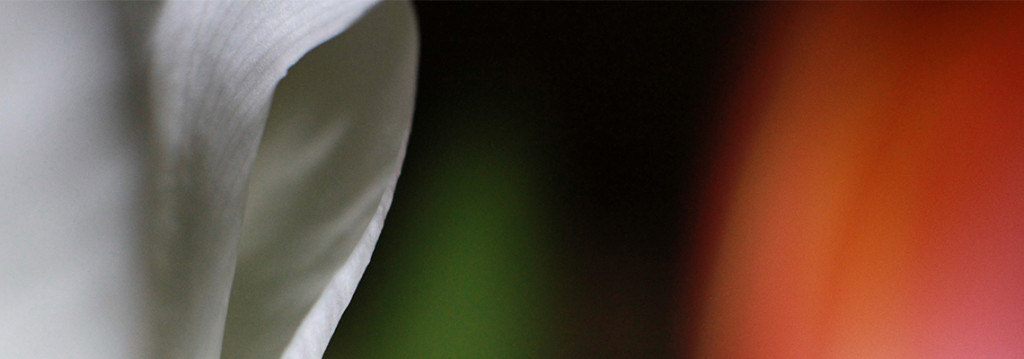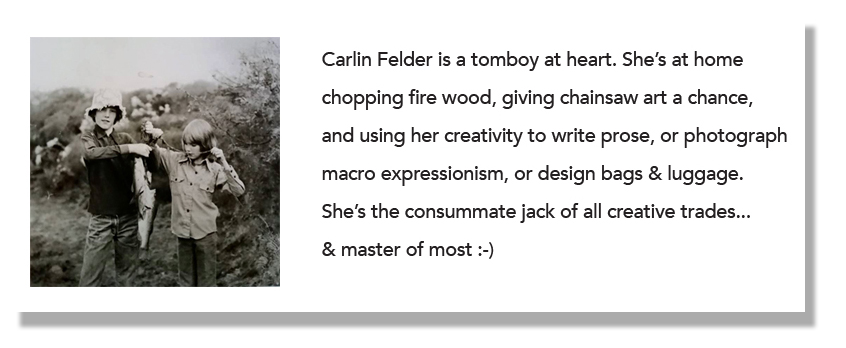Macro Expressionism Tenets 2 & 3 Explained
Macro Expressionism
Of the 7 Tenets of Macro Expressionism I want to combine #’s 2 and 3 in this article. All of the concepts work together to create the sum of my idea for abstract macro photography, but I want to create more of a conversation around my points to flesh out what each tenet means overall.
#2 Subjective views of minute details:
All of photography or art, or creative endeavors in general, is the result of one’s feeling about what “looks good, looks right or sounds good” in the world.
As artists we begin to create what we have been trained to think looks good or to make what we think is appropriate subject matter. Maybe we were taught to draw representationally or taught to write in perfect rhyme or with impeccable grammar. Regardless we begin our lives with our own point of view, and then as we grow our point of view either gets trained out of us (or conversely, encouraged) depending upon who our teachers are and what their agendas are toward art education.
I spent many years trying to let myself feel comfortable enjoying the types of images I preferred to photograph – not only enjoying, but also allowing myself to focus on this imagery as my subject matter.
When I was younger and looking at photography online or in magazines/galleries, I would see artists focusing on portraits, photojournalism, vast landscapes, architecture, or tack sharp macro photos of flowers or bugs. I thought this was what I am supposed to photograph because this is what people were getting accolades for in the world.
What I was seeing wasn’t what I wanted to photograph though. I wanted to photograph and share with others abstractions taken in solitude. Abstractions with blurred focus, non-representational subject matter or even unattractive subject matter.
Accepting that I didn’t want to be a photographer of people or buildings or landscapes was pivotal. Once I was able to discard what I thought was appropriate, I was able to focus on what my eyes enjoyed seeing.
I found myself going deeper and closer to the subject until the subject was a larger than life color field and the result was visually appealing to me. What I have learned is to allow myself to love the subject matter I create and try to care less about what others think.

How this relates to Abstract Macro Photography, or Macro Expressionism Tenet #2?
There is no right or wrong way to approach abstract macro photography. It is a feeling and attitude one brings to the art of photography. It’s not bound by technique nor limited by the equipment one chooses. Nor is it a product of years of attention to detail. It’s a way of approaching photography which relies less on the technical details and more on the artistic interpretation of the object in the moment.
Distortions of color, shape, line and form are acceptable and encouraged. It is the artist’s (photographer’s) right to interpret the world as she or he see fit.
The Macro Expressionist photographer uses to one’s advantage calculated accidents of the camera which are a result of movement and intent. It is important to let the camera act as the paint brush which captures images for print (or the screen) and let subjective views of minute details be the result.
Tenet #3 – Expose the Unseen
The human eye cannot naturally create blur or color distortions that a Macro Expressionist photo can represent. The camera can alter perspective in tones, form, shape, color and line. It can foreshorten images and selectively focus on details.
Jean Cocteau said “photography is unreal, it alters tone and perspective…” What looks accidental to a photo realist is an expressionistic, artistic interpretation to the Macro Expressionist. It is the result of playing with the subject or object photographed.
When I make photos I intentionally allow light to make the subject translucent or the edges of the object to become distorted. I move my lens under the subject to get images of the subject from a viewpoint I don’t normally see. I move my camera into the object and let the lens penetrate the subject matter. I wouldn’t normally walk up to a plant or flower and insert my face into it a few inches, but with my camera I do. And the result is a view of the subject I don’t see from an everyday perspective.
I want to move beyond the surface representation and make images which represent what I don’t see. My aim is to be child-like, but educated, in my approach to the art of photography. It is not pure imitation of the environment, as a child imitates his or her parents, looking to them for cues as to what’s right or wrong. It’s not setting up a tripod and adding a glowing light ring to illuminate the subject.
It’s taking what I see and evolving it visually by the penetration of my lens, investigation from angles which my eyes don’t see naturally, and the application of artistry to an object in nature. Macro Expressionism is a calculated approach to the creative endeavor of photography whose goal is to expose the unseen.
Need more inspiration? Brooks Jensen will inspire your work. Pick up one of his books to elevate your photography mind!


